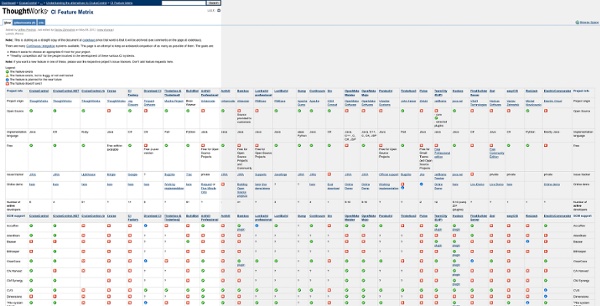



Redmine - Overview SWIG on Windows - Getting Started This chapter describes SWIG usage on Microsoft Windows. Installing SWIG and running the examples is covered as well as building the SWIG executable. Usage within the Unix like environments MinGW and Cygwin is also detailed. 3.1 Installation on Windows SWIG does not come with the usual Windows type installation program, however it is quite easy to get started. Download the swigwin zip package from the SWIG website and unzip into a directory. 3.1.1 Windows Executable The swigwin distribution contains the SWIG Windows executable, swig.exe, which will run on 32 bit versions of Windows, ie Windows 95/98/ME/NT/2000/XP. 3.2 SWIG Windows Examples Using Microsoft Visual C++ is the most common approach to compiling and linking SWIG's output. More information on each of the examples is available with the examples distributed with SWIG (Examples/index.html). 3.2.1 Instructions for using the Examples with Visual Studio 3.2.1.2 Java 3.2.1.3 Perl Example using nsPerl 5.004_04: 3.2.1.4 Python 3.2.1.7 Ruby
Framework for evolutionary design Slashdot Stories (10) What have you tried? » Matt Legend Gemmell If you’re a developer and you’re about to ask another developer a technical question (on a forum, via email, on a chat channel, or in person), you’d better be ready to answer the question “What have you tried?” This of course isn’t specific to software developers, but that’s my field and it’s thus the area in which I’m most familiar with the issue which motivated me to write this. I’m (sadly) quite sure that it applies to your own industry too, whatever that might be. The thing is, there’s a disease in the software development world; a sort of sickness. Now, a quick clarification before I continue: when I say “new recruits”, I don’t just mean graduates and other young people. The illness, of course, is a flawed approach to solving problems. 1) Can we establish http connection in application. if so, i need that code. So where’s the problem? The problem is that this person’s problem-solving technique is to ask for the solution. Note the second step above. But wait.